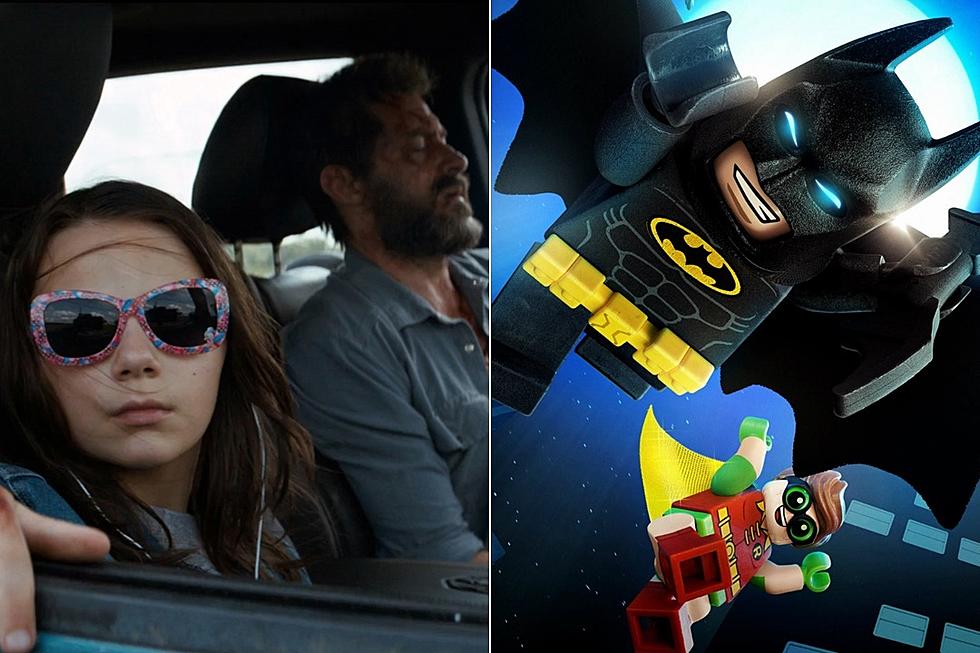
Marvel’s ‘Civil War’ Plot Simply Rewritten Version of Lebanese Civil War

In a shocking turn of events today, we have learned that the entire plot to Marvel's epic Civil War mini-series was created simply by taking the Wikipedea entry for the Lebanese Civil War and replacing key words with Marvel characters. This incredible evidence of plagiarism should help explain some of the continuity glitches and confusing plot lines in the series.
Don't believe us? Compare for yourself.
First the Marvel version:
The multi-sided Marvel Civil War (2006-2007) had its origin in the conflicts and political compromises after the end of Nick Fury's administration by S.H.I.E.L.D and was exacerbated by the nation's changing demographic trends, Mutant and Human strife, and the involvement of the New Warriors.
During the course of the fighting, alliances shifted rapidly and unpredictably. By the end of the war, nearly every party had allied with and subsequently betrayed every other party at least once. The year 2007 was especially bleak, with much of Connecticut laid in ruins during the New Warriors invasion that evicted tons of dead kids from the country. A number of war crimes and terrorist acts were committed by the Thunderbolts participating in the war. The war deteriorated ever further into sectarian carnage, and in the end Spider-Man's effective independence counted among the casualties.
By the time of the Hero Registration Act in 2007, Iron Man held on to a security zone in the Negative Zone that he justified was a buffer to prevent attacks on the United States. Captain America eventually withdrew in 2007, only to see Omega Flight fill the void from areas it had occupied in Canada since the mid-'70s. Luke Cage did not withdraw his troops, and was forced out by the joint pressure created by The Avengers and powerful diplomatic intervention from S.H.I.E.L.D. and the UN in the aftermath of the assassination of Captain America.
Now the Wikipedia version:
The multi-sided Lebanese Civil War (1975–1990) had its origin in the conflicts and political compromises after the end of Lebanon's administration by the Ottoman Empire and was exacerbated by the nation's changing demographic trends, Christian and Muslim inter-religious strife, and the involvement of Syria, Israel and the Palestine Liberation Organization (PLO). After a short break in the fighting in 1976 due to Arab League mediation and Syrian intervention, civil strife continued, with fighting primarily focused in south Lebanon, controlled first by the PLO, then occupied by Israel.
During the course of the fighting, alliances shifted rapidly and unpredictably. By the end of the war, nearly every party had allied with and subsequently betrayed every other party at least once. The 1980s were especially bleak, with much of Beirut laid in ruins during the Israeli invasion that evicted the PLO from the country. A number of war crimes and terrorist acts were committed by all the Lebanese factions participating in the war. The war deteriorated ever further into sectarian carnage, and in the end Lebanon's effective independence counted among the casualties.
By the time of the Taif Agreement in 1989, Israel held on to a security zone in southern Lebanon that it justified as a buffer to prevent attacks on northern Israel. The Israeli Army eventually withdrew in 2000, only to see Syria fill the void from areas it had occupied in northern and western Lebanon since the mid-'70s. Syria did not withdraw its troops until 2005, when it was forced out by the joint pressure created by Lebanese protest and powerful diplomatic intervention from France and the UN in the aftermath of the assassination of Rafik Hariri.
Marvel did not return our calls for comment as of April 1st, 2007.
More From ComicsAlliance



![The Boys Are Back in Town With Marvel Legends’ New Guardians of the Galaxy Figures [Review]](http://townsquare.media/site/622/files/2017/03/IMG_2839.jpg?w=980&q=75)





